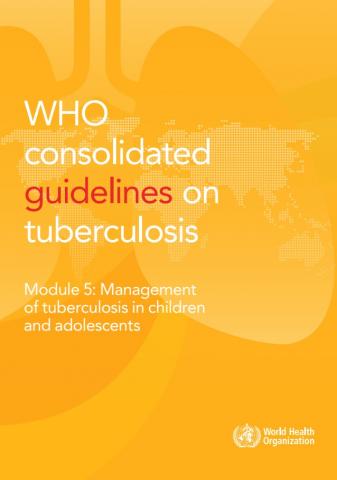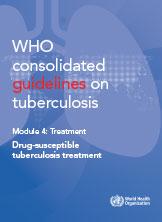Executive summary
Introduction
Children and young adolescents (aged below 15 years) represent about 11% of all people with tuberculosis (TB) globally. This means that 1.1 million children become ill with TB every year, almost half of them below five years of age. National TB programmes (NTPs) only notify less than half of these children, meaning that there is a large case detection gap (1).
 Feedback
Feedback

